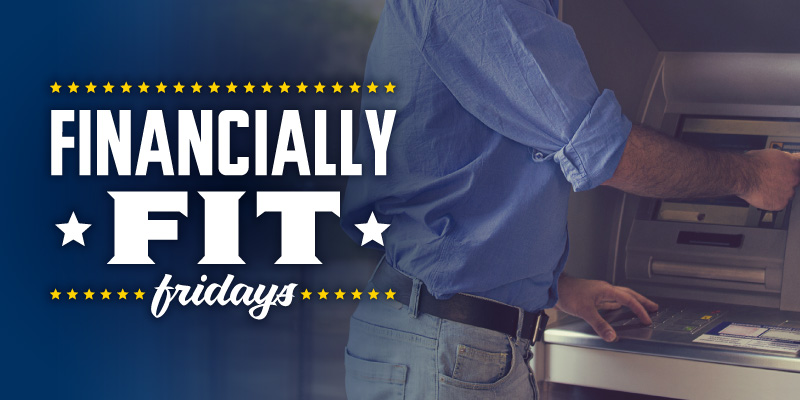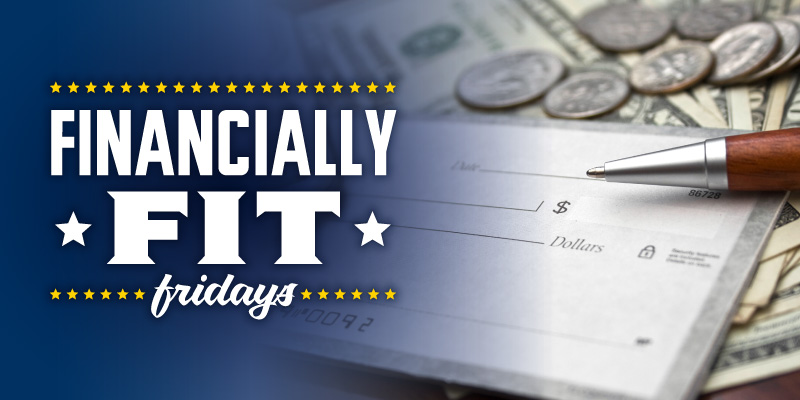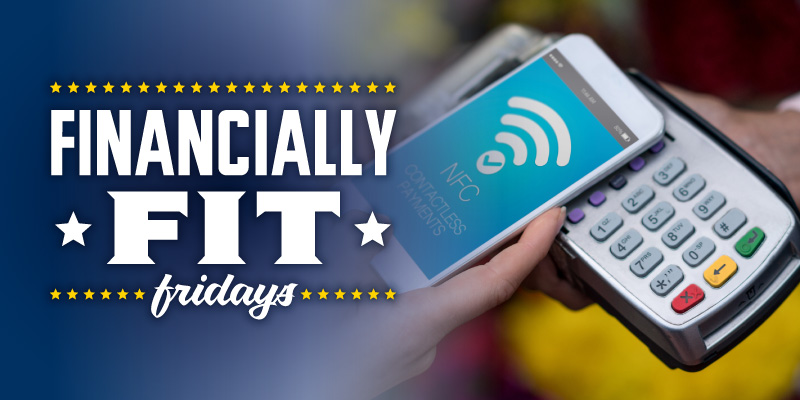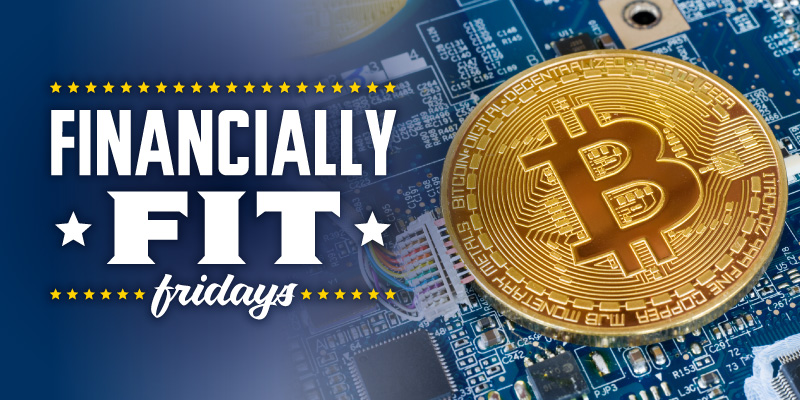Horror films aren’t just good for scares, they can also teach valuable financial lessons. Here are eight pieces of wisdom you can take from iconic Halloween movies.
A Nightmare on Elm Street
The Story: Freddy Krueger (Robert Englund) stalks the dreams of Nancy Thompson (Heather Langenkamp) and other teenagers in a quiet suburban town.
The Lesson: Dreaming is fun & healthy, but you need to keep your feet grounded in reality—otherwise you could get hurt. Develop a sense for what you can and can’t afford. Don’t buy what isn’t necessary or max out your credit on impulse items (like cool bladed gloves).
The Blair Witch Project
The Story: A group of filmmakers disappear while creating a documentary in a Maryland forest, leaving only their footage behind.
The Lesson: Heather, Josh and Mike lose their way in the Black Hills because they act irresponsibly and misplace their map. You can also get lost, financially, if you don’t have a plan. Create a budget and stick to it—then your money won’t vanish into thin air.
Signs
The Story: A family on a remote Pennsylvania farm slowly begin to realize they are experiencing an alien invasion.
The Lesson: When bad things start to happen, the Hess family hunkers down in their home for the night, seeking to protect themselves. Self-sufficiency will help you weather the hard times, and you can build up things like food storage a little bit at a time. And don’t forget to have plenty of water on hand!
Ghostbusters
The Story: After being fired from their jobs, three professors (Bill Murray, Dan Aykroyd, Harold Ramis) form their own ghost-hunting business and soon face an entity that could destroy the entire city.
The Lesson: Starting a company is difficult, requiring a lot of money and a lot of time. However, if you keep your costs low and your customers satisfied, soon you’ll be expanding and hiring new people to join your team (like Winston Zeddemore).
The Shining
The Story: Jack Torrance (Jack Nicholson) brings his wife (Shelley Duvall) and son with him to work as caretakers of an isolated mountain hotel in the winter.
The Lesson: All work and no play makes Jack a dull boy, he claims as he slowly descends into madness. When you’re striving toward a big financial goal, such as paying off your credit cards or saving enough to build a giant hedge maze, it’s fine to reward yourself for achieving short-term benchmarks.
Invasion of the Body Snatchers
The Story: Matthew (Donald Sutherland) and Elizabeth (Brooke Adams) notice their friends are acting strangely, only to discover that humans are slowly being replaced with alien clones as they sleep.
The Lesson: Identity theft is a scary thing. Don’t give sensitive information to unknown persons over the phone. Verify all emails are from legitimate senders before clicking on links. And don’t go to bed next to any alien pods.
Psycho
The Story: While driving to California, Marian Crane (Janet Leigh) stops by the isolated Bates Motel and meets Norman (Anthony Perkins) and his mysterious mother.
The Lesson: There will come a time when you need to leave your parents’ home and become your own person. But you need to be financially stable when you do. Learning skills such as saving a good portion of your income and how to pay bills. If Norman had enough money put away, he might have been able to leave the motel business and his overbearing mother.
The Exorcist
The Story: A young girl (Linda Blair) is overpowered by a dark force, so her mother gets the help of two priests to exorcise the demon and save her child.
The Lesson: It’s tempting to save some money by fixing things at home by yourself, but you need to know your limits. If you get in over your head, you could end up causing additional damage and spending even more. Sometimes it’s worth calling a professional and letting them take care of it (while you relax and enjoy a warm bowl of pea soup).
Happy Halloween!










